Anza-Borrego Desert State Park is a vast and stunningly beautiful desert park located in southern California. With its striking landscapes, diverse wildlife, and abundant hiking trails, it’s a popular destination for both outdoor enthusiasts and those looking for a unique and unforgettable vacation. If you’re planning a trip to Anza-Borrego Desert State Park, here are some travel tips to help make your trip a success.
Getting There
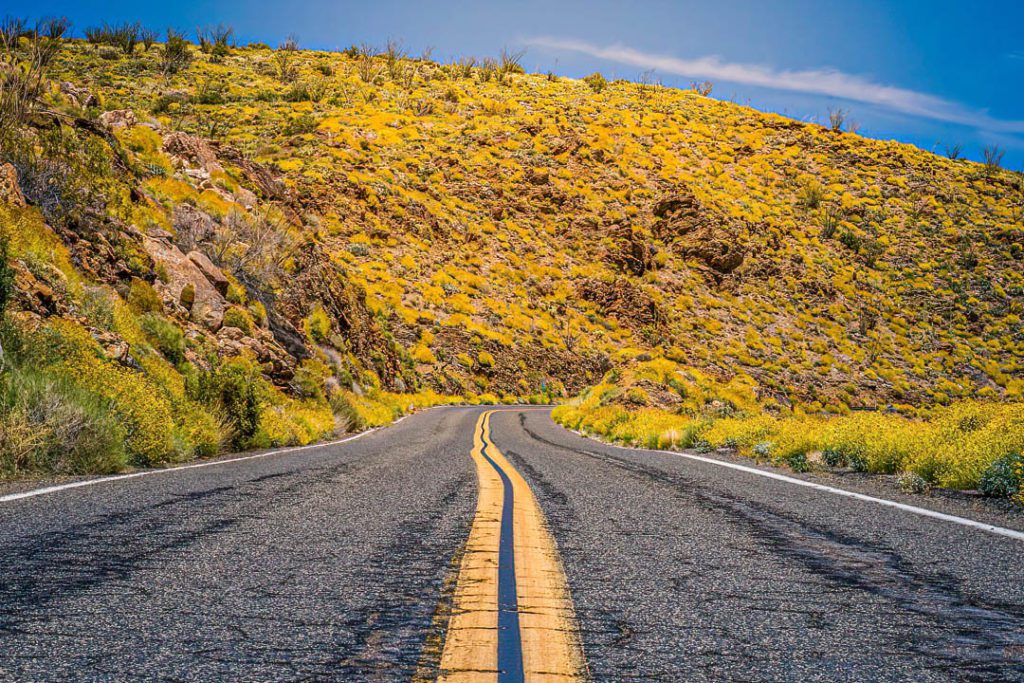
Anza-Borrego Desert State Park is located in southern California, about 90 miles east of San Diego and 150 miles northeast of Los Angeles. The nearest major airport is San Diego International Airport, from where you can rent a car or take a shuttle to the park. If you’re driving, take I-8 East from San Diego to the Ocotillo Wells exit, and follow the signs to the park.
Anza-Borrego Desert State Park map
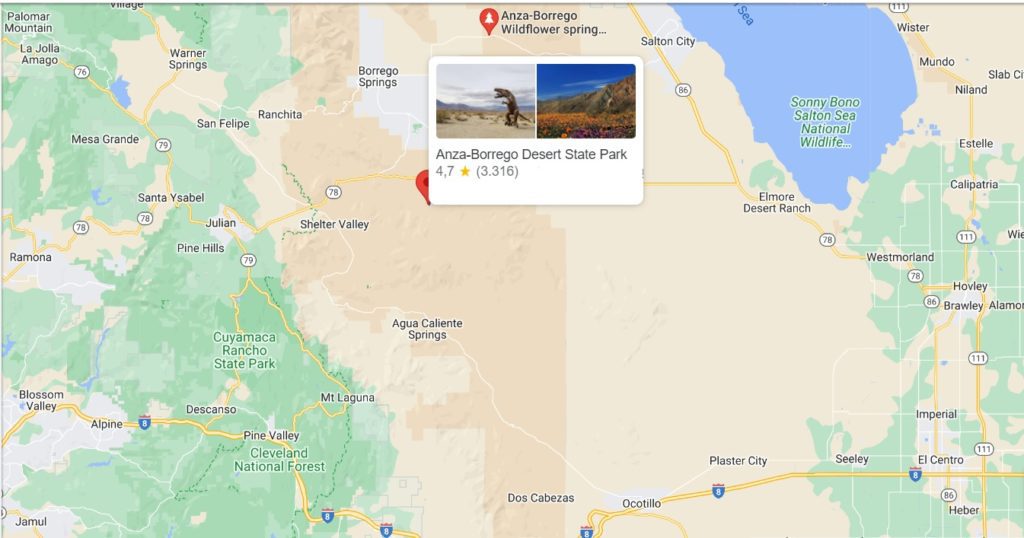
When to Visit
The best time to visit Anza-Borrego Desert State Park is in the fall, winter, or spring, when the weather is mild and pleasant. Summer temperatures can soar into the triple digits, making it uncomfortable for most visitors. The park is busiest in the spring, when the wildflowers are in bloom, so if you’re looking for a quieter experience, plan your visit in the fall or winter.
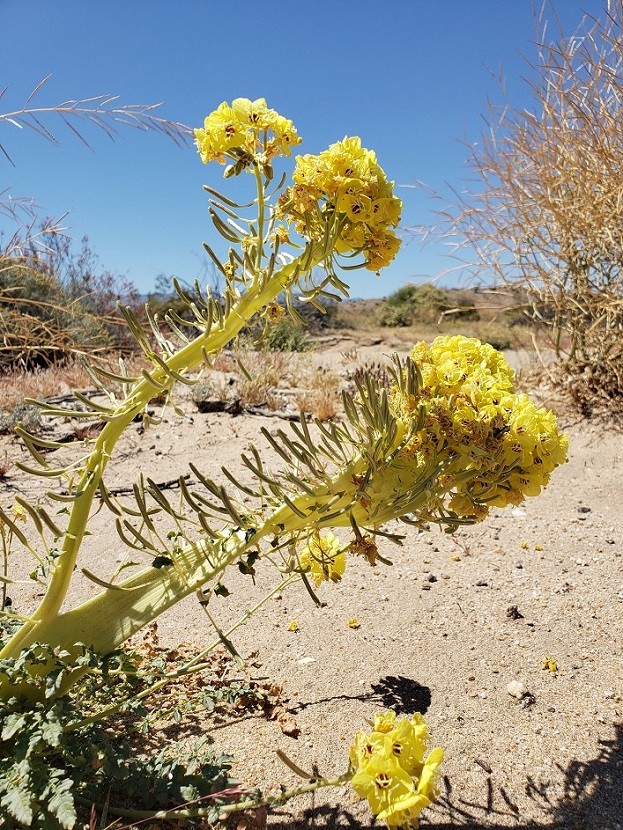
Where to Stay
There are several options for accommodation within the park, including campgrounds, RV parks, and hotels. The park has nine campgrounds, some of which are first-come, first-served, while others require reservations. The Borrego Springs area has several hotels and vacation rentals, as well as a few RV parks.
What to Do
Anza-Borrego Desert State Park is a paradise for hikers, with over 100 miles of trails that wind through stunning landscapes and provide breathtaking views. Some of the most popular trails include the Palm Canyon Trail, the Borrego Palm Canyon Trail, and the Yaqui Well Trail. The park is also home to some unique geological formations, including the Slot Canyon, which is a narrow slot in the rock that is popular with hikers and photographers.
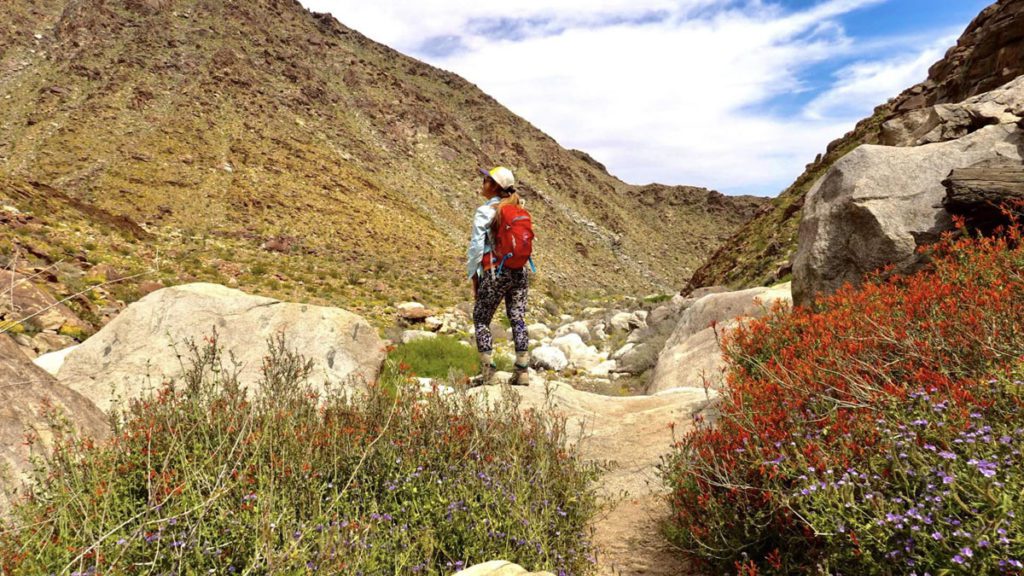
Wildlife Watching
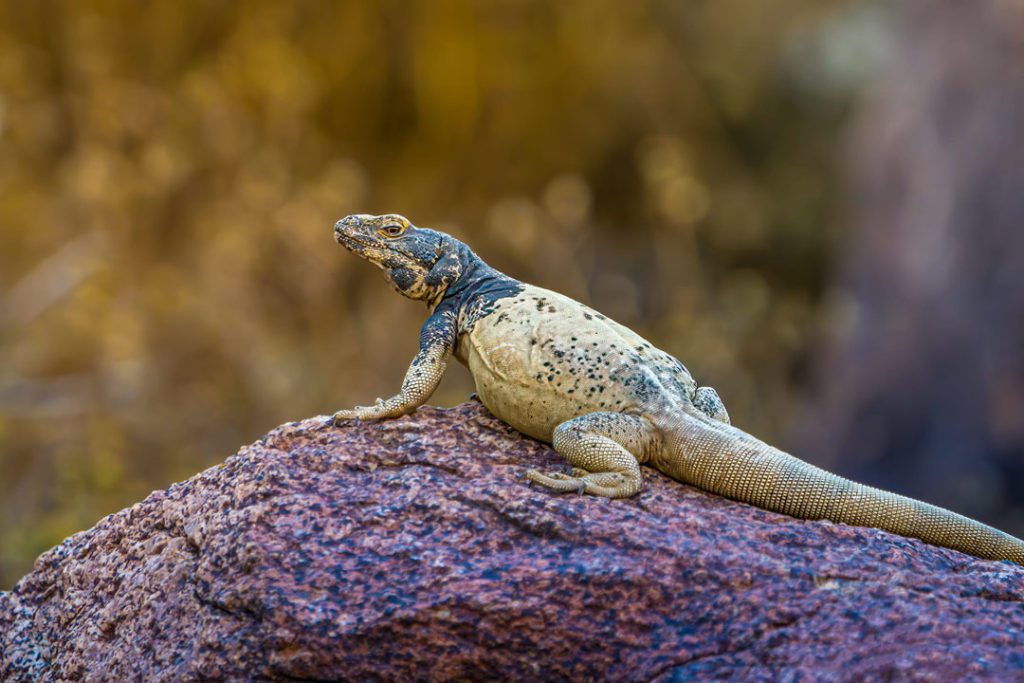
Anza-Borrego Desert State Park is home to a wide variety of wildlife, including bighorn sheep, coyotes, bobcats, and many species of birds. The park is also home to several endangered species, including the Peninsular bighorn sheep, the desert tortoise, and the Swainson’s hawk. Visitors are encouraged to observe wildlife from a safe distance and to not disturb their natural habitats.
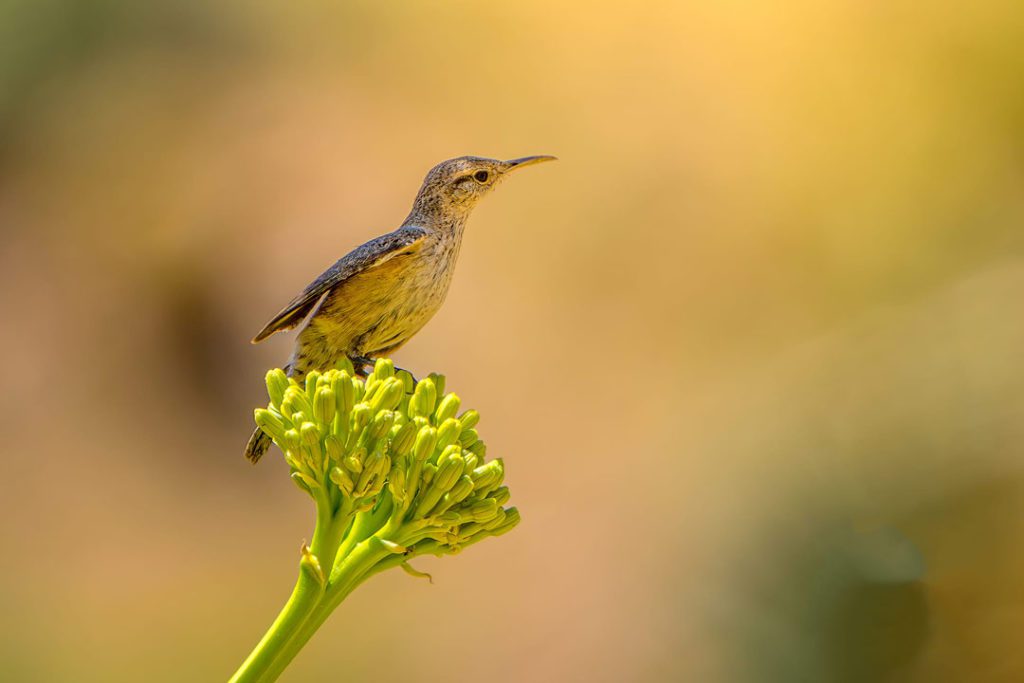
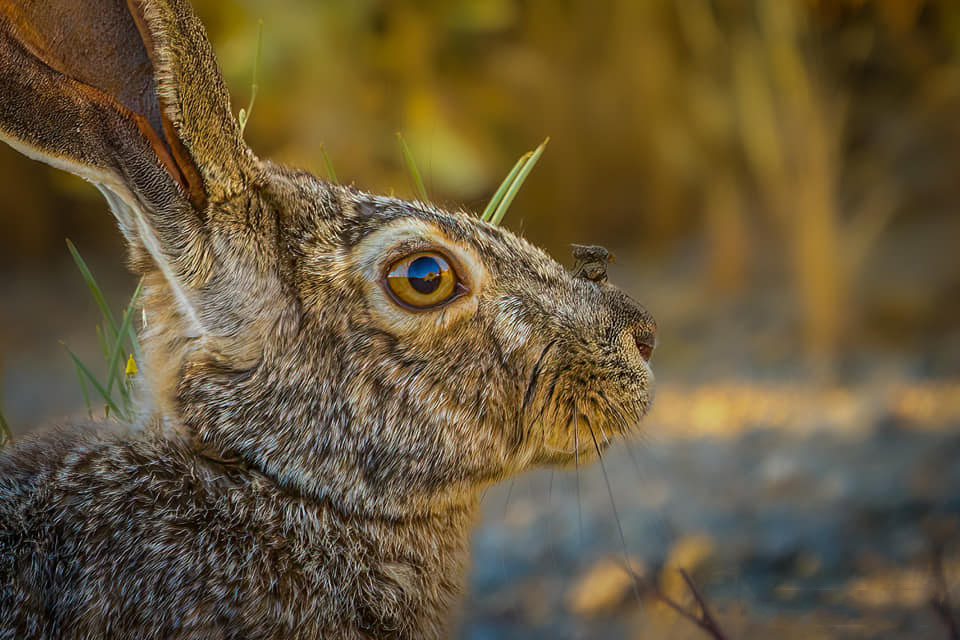
Things to Bring
When visiting Anza-Borrego Desert State Park, it’s important to be prepared for the elements. Be sure to bring plenty of water, sunscreen, and a hat to protect yourself from the sun. Wear comfortable, closed-toe shoes for hiking, and bring a map or GPS device to navigate the park’s many trails.
Are there mosquitoes in Anza-Borrego?
While mosquitoes are not a significant problem in Anza-Borrego Desert State Park, they can still be present in certain areas of the park, particularly during the summer months or after periods of rainfall. Mosquitoes tend to be more prevalent near water sources, such as streams or ponds, so if you are planning to hike in these areas, it’s a good idea to bring insect repellent and wear long sleeves and pants to minimize exposure. It’s always a good idea to check the latest information on the park’s website or contact the park directly for more information about mosquitoes and other potential hazards or issues you may encounter during your visit.
Is there cell service in Anza-Borrego?
Cell phone coverage in Anza-Borrego Desert State Park can be limited and unreliable in some areas, particularly in remote or rugged parts of the park. While some areas may have decent reception, visitors should not rely on having consistent cell phone coverage throughout the park. It’s a good idea to check with your cell phone provider for coverage maps or to inquire about roaming agreements if you plan to use your phone in the park. Alternatively, visitors can carry a GPS device or a paper map to navigate the park’s trails and roads. It’s always a good idea to let someone know your planned route and estimated return time, particularly if you plan to hike or explore more remote areas of the park.
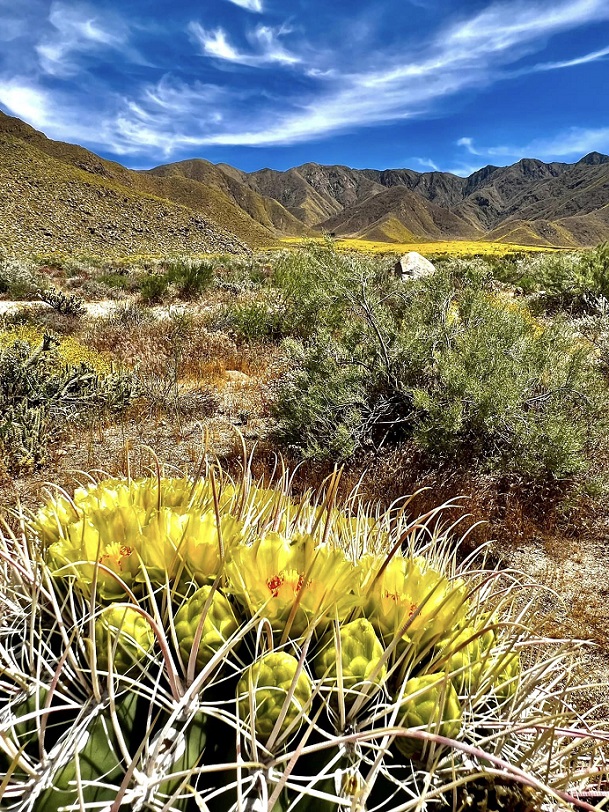
Is Anza Borrego free to visit?
Anza-Borrego Desert State Park is not free to visit. Visitors to the park are required to pay an entrance fee, which helps fund park maintenance and conservation efforts. As of 2021, the entrance fee for Anza-Borrego Desert State Park is $10 per vehicle for day use, and $15 per night for camping. The fee can be paid at self-pay stations located at the park’s entrances or at the park’s visitor center. Visitors can also purchase an annual California State Parks pass, which provides access to all state parks in California for a discounted fee. Some events or activities within the park may also require additional fees or permits, so it’s always a good idea to check with the park’s website or contact the park directly for the latest information on fees and permits.
Where can I camp for free in Anza-Borrego Desert State Park?
Camping for free is not permitted within Anza-Borrego Desert State Park. The park has nine designated campgrounds that offer a range of amenities and facilities, including restrooms, showers, and fire rings. Some of these campgrounds are first-come, first-served, while others require reservations. The cost of camping in the park varies depending on the campground and the time of year. As of 2021, the camping fee ranges from $25 to $50 per night, depending on the campground and the amenities offered. Visitors should also be aware that some of the campgrounds may have restrictions on the length of stay or the size of RVs or trailers allowed, so it’s always a good idea to check with the park’s website or contact the park directly for the latest information on camping fees, availability, and regulations.
When can I see Anza-Borrego wildflowers?
The best time to see wildflowers in Anza-Borrego Desert State Park is typically from late February to early April, depending on the timing of the winter rains. The wildflower season can vary from year to year depending on factors such as rainfall, temperature, and other environmental conditions.
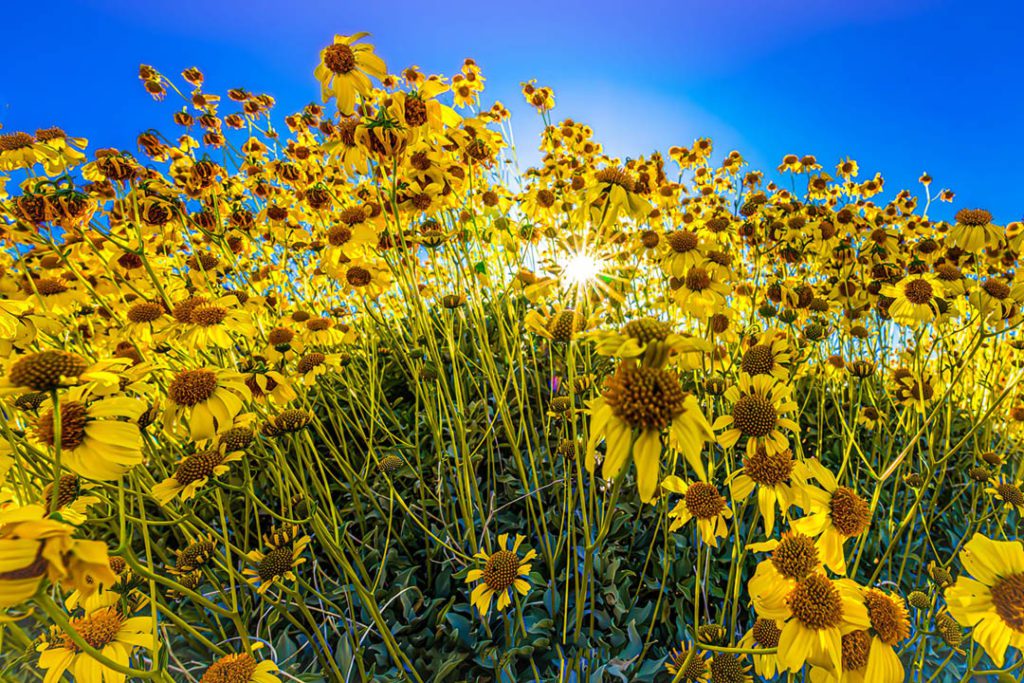
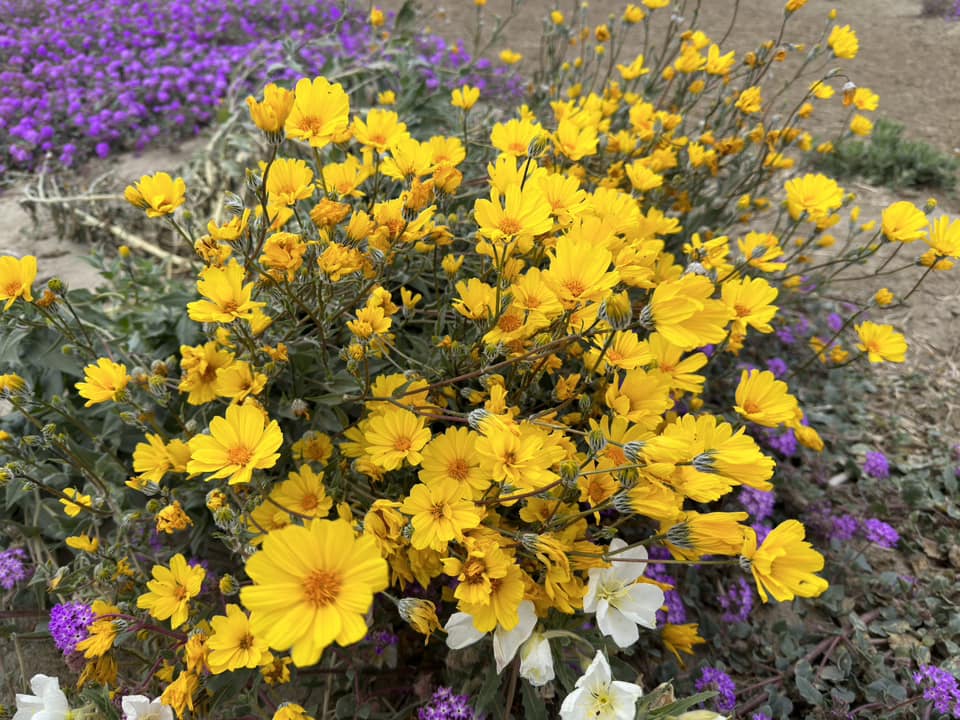
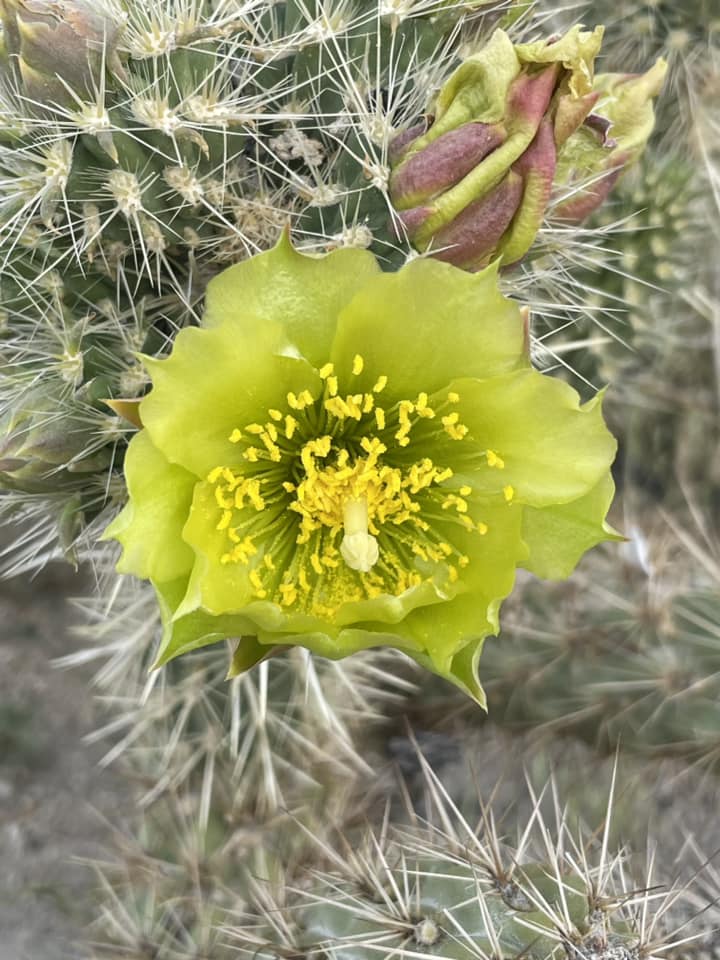
During the peak wildflower season, visitors to the park can see a stunning array of wildflowers in bloom, including desert lilies, sand verbena, and desert sunflowers. The bloom can last for several weeks, and the best way to see the wildflowers is to explore the park’s trails and backcountry areas.
Visitors should be aware that wildflower blooms can be affected by a variety of factors, including drought, wildfires, and invasive plant species. It’s always a good idea to check the latest information on the park’s website or contact the park directly for the latest information on wildflower conditions and recommended viewing areas.
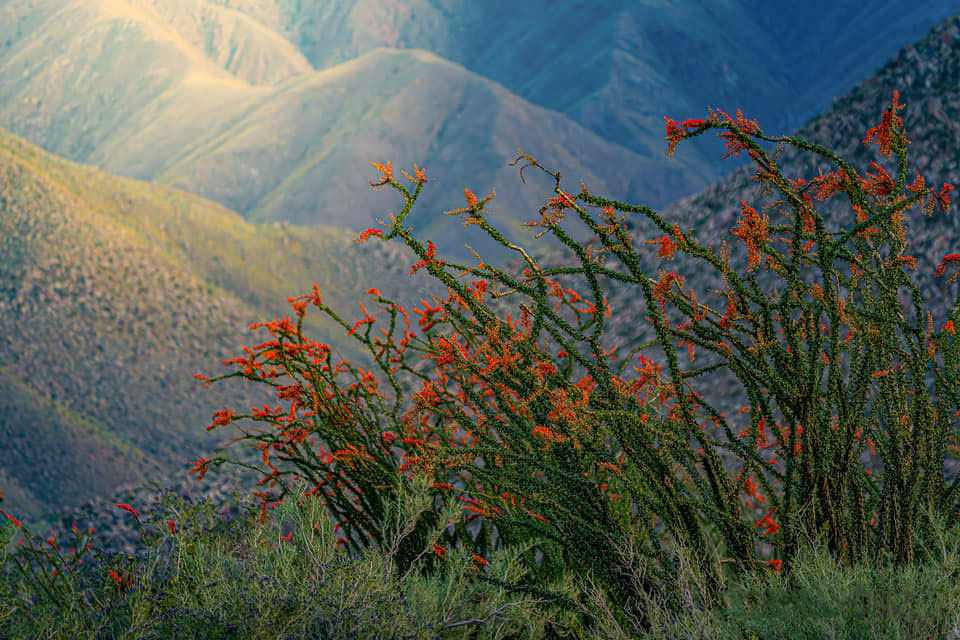
Anza-Borrego Desert State Park is a stunning destination that offers a wide range of outdoor activities and breathtaking natural scenery. With these travel tips, you can plan the perfect trip and make the most of your time in this beautiful desert park.

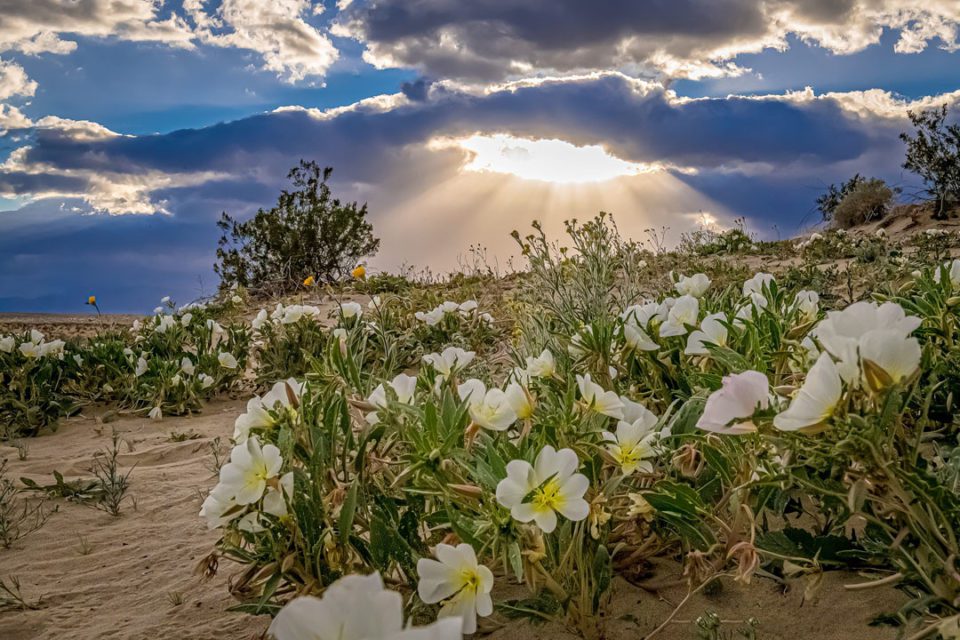
1 comment
With havin so much content and articles do you ever run into any problems of plagorism or copyright violation? My site has a lot of completely unique content I’ve either created myself or outsourced but it looks like a lot of it is popping it up all over the internet without my permission. Do you know any methods to help reduce content from being ripped off? I’d truly appreciate it.